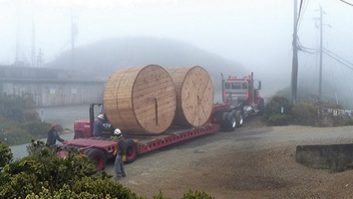It would be difficult to find an engineer who hasn’t at one time or another been frustrated by the poor quality of the technical manuals that come with some of today’s broadcast gear.
Among the complaints: setup and alignment instructions that are difficult to understand; errors in schematics and connector diagrams; incomplete information; and manuals that have been translated into English by non-English speaking writers.
All of this comes at a time when equipment is more complicated and specialized, and engineers are struggling to keep current with their technical skills. Ironically, some of the best-written manuals for broadcast equipment appear to have been created when cart machines, consoles and transmitters contained simple circuits that were easy to understand.
We’re living in times of profound change. Information technology has revolutionized the radio industry over the past 10 years, and telematics – the merging of information and telecommunications technologies – appears about to revolutionize it again. Engineers need access not only to current online documentation about products they must install and maintain, but also supplemental information about the technologies themselves.
While many manufacturers provide electronic copies of manuals, many still do not. And there appears to be little interest in the part of companies in investing in the continuing education of broadcast technical personnel.
In the computer industry, one often hears the phrase “training and documentation,” indicating the close alliance between the two disciplines. Seldom is this term heard in broadcast circles.
We commend those manufacturers who provide detailed, informative documentation. We feel the industry can do much better. A broadcast manufacturer who will take the lead in providing not only timely and accurate online documentation about their products but also background instructional material on the underlying technology would asssume a leadership role in the industry.
– Radio World











